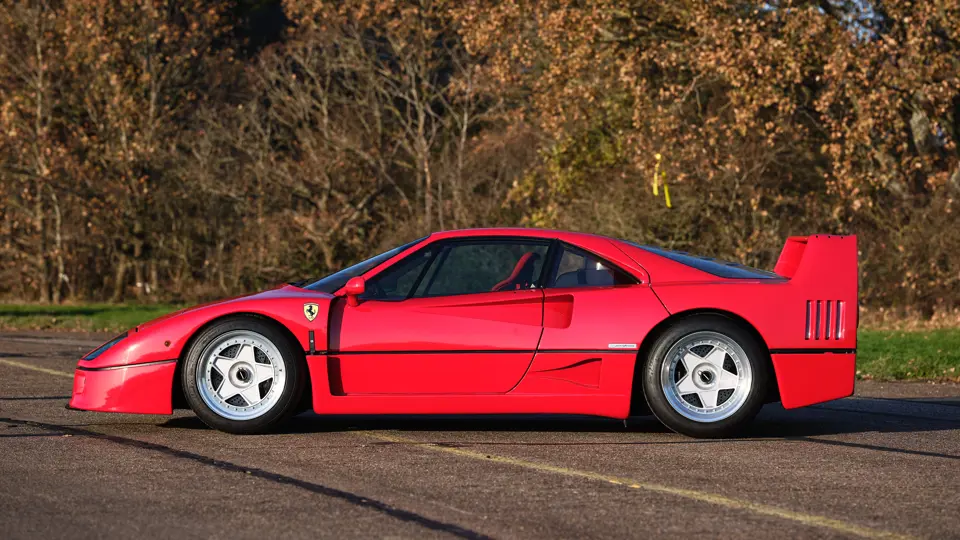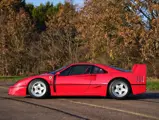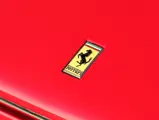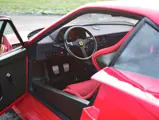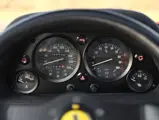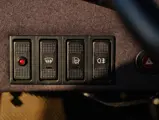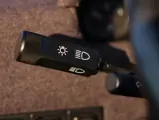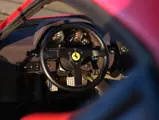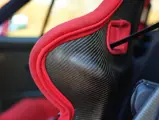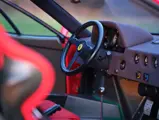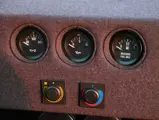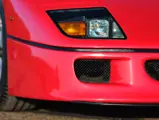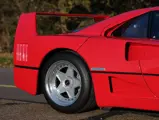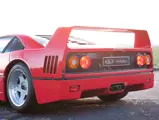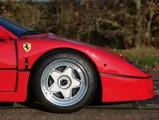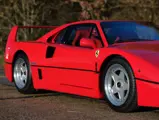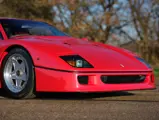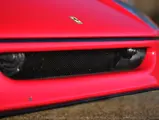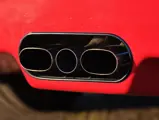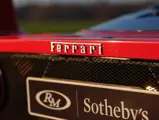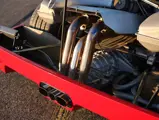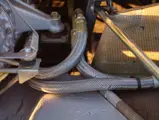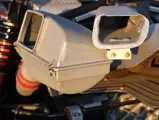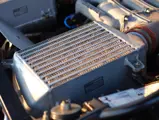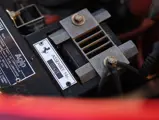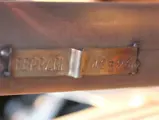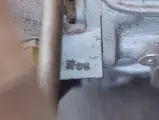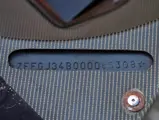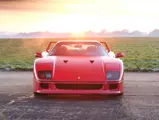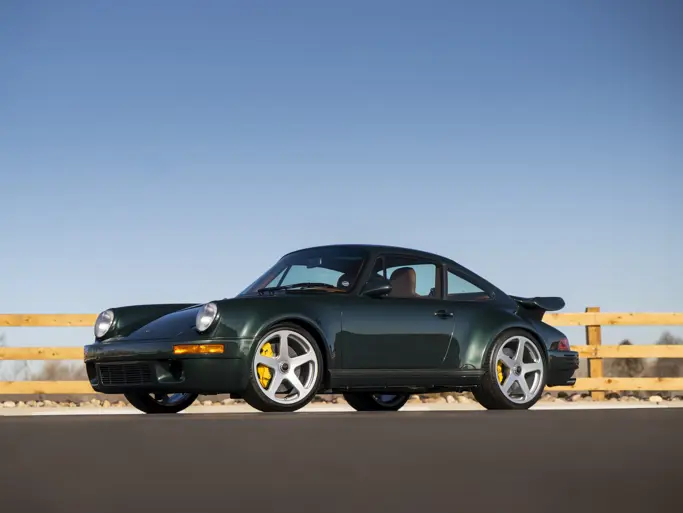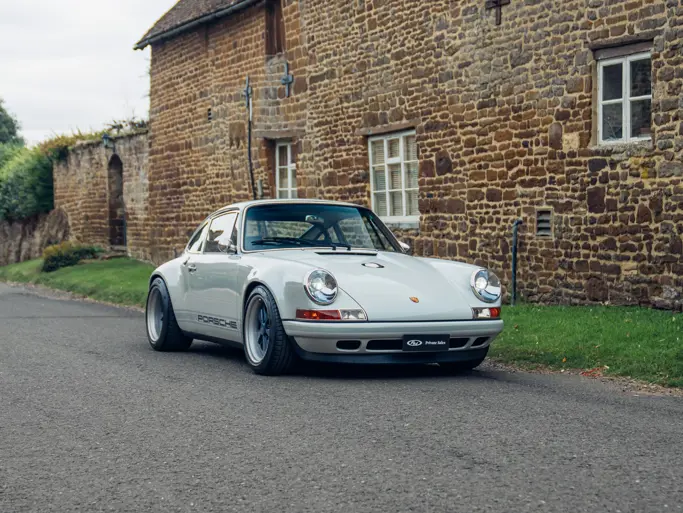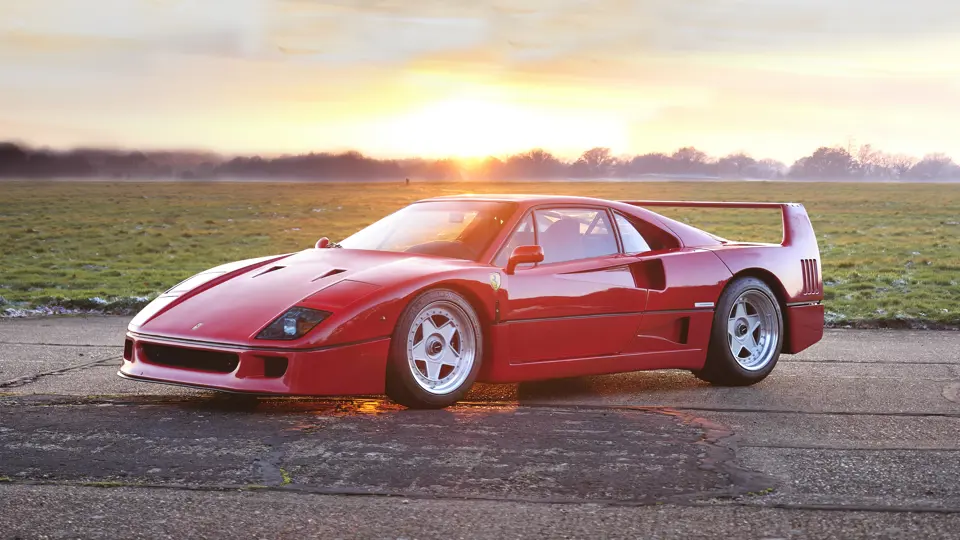
1990 Ferrari F40
{{lr.item.text}}
€1,917,500 EUR | Sold
{{bidding.lot.reserveStatusFormatted}}
- One of Ferrari’s greatest road cars, built to celebrate the company's 40th anniversary
- Remarkably low mileage with just 9,538 kilometres from new
- Built in Maranello as a “cat, non-adjust” F40, delivered new to Italy
- Matching-numbers engine and gearbox verified by accompanying Ferrari Classiche certification
- Diligently maintained during the current ownership
- Une des plus extraordinaires des Ferrari de route, créée pour célébrer le 40ème anniversaire du constructeur
- Kilométrage remarquablement bas, avec 9 538 km depuis l'origine
- Produite à Maranello dans la configuration "cat, non-adjust", livrée neuve en Italie
- Moteur et boîte de vitesses d'origine, comme le confirme la certification Ferrari Classiche
- Entretenue avec soin par le propriétaire actuel
Veuillez noter que ce lot a été introduit dans l'UE avec un cautionnement d'importation temporaire, qui devra être soldé par réexportation hors de l'UE avec un connaissement (bon de chargement) accompagné de ses documents douaniers, ou par paiement de la TVA et des droits de douane applicables s'il doit demeurer dans l'UE.
Even by modern standards the F40 is a ferociously quick car, which is remarkable considering that the first prototype appeared at Maranello over 35 years ago. That prototype was ordered at the behest of Enzo Ferrari himself, believing that Maranello had drifted too far from its competition roots. The ambitious 288 Evoluzione project was never realised as a victim of Group B racing being outlawed but it provided a perfect basis from which to develop the F40 over an 11-month period.
The 288’s twin-turbo V-8 was bored out and de-stroked to allow the engine to produce more power with only a small capacity increase. The body was radically redesigned with greater use of Kevlar-carbon fibre composite, thus reducing the overall weight, while the shape was inspired by the 288 Evoluzione further to additional refinement by Pininfarina. Inside the cockpit, the luxury that Ferrari’s customers had become familiar with was entirely disposed of; the steering wheel was the only component to remain leather-covered. Carbon fibre panels and Stoffa Vigogna-covered Kevlar seats made the occupants fully aware of the intentions of the F40, while the dashboard was heavily inspired by the 288 Evoluzione with a cloth-covered dash and minimal controls.
When the F40 was revealed to the world, it weighed just 1,100 kilograms and delivered a peak power of 478 brake horsepower at 7,000 rpm. Stunned magazine editors published barely believable acceleration statistics of 0-100 km/h in roughly 4.5 seconds, while top speed measurements very nearly hit 320 km/h. To handle this performance safely, Pirelli developed an asymmetric P-Zero tyre which is still used today. Before the arrival of the McLaren F1, the F40 was widely regarded as the fastest car in the world. Despite being born out of the death of Group B, the F40 would go on to become a popular mainstay of GT racing, particularly with outstanding qualifying performances at Le Mans and in BPR GT.
Chassis 85308 was delivered on 30 May 1990 by Autexpo Egna Ora as a “cat, non-adjust” example, as noted by a copy of the warranty book. Delivered in the usual Rosso Corsa over Vigogna cloth interior, this F40 went to its first owner, Massimo Zanetti of Treviso via New Car di Giudo Zara & C. S.a.s. It was serviced by Italauto Kees van Stokkum of Holland on 15 August 2000 when its mileage was noted as 4,072 kilometres. On 19 December 2000 it was registered in the Netherlands; prior to the current ownership, a repair was carried out to the body panel beneath the passenger side rear quarter window, along with the offside rear corner. Importantly, the body is noted as having its original panels in the accompanying Ferrari Classiche certification and during a recent inspection the matching body numbers were found on the front and rear clams, and the doors.
In June 2014 this F40 was purchased by the consigning owner through the official Ferrari dealer, Kroymans. A full service was carried out by Kroymans, including replacement of the fuel tanks, belts, tensioners, and tyres. Once completed, the car was registered in the UK in August 2014. Since arriving in the UK, the F40 has been fastidiously maintained by Ferrari specialists Barkaways and Simon Furlonger Specialist Cars, and during this time the fuel tank was replaced in 2017 under warranty. The most recent service was carried out by Furlonger in April 2021, which included replacement belts, and fewer than 100 kilometres have been covered since.
This low mileage F40 presents as a well-maintained example, further enhanced by its Classiche certification confirming that it retains its matching numbers engine and gearbox. The F40 is documented by marque expert Marcel Massini, further to a copy of the warranty booklet, and it is accompanied by its original tools and tyre inflator, exhaust and a car cover. This truly exceptional example is worthy of inclusion in some of the finest collections, or simply enjoyed on the road by an enthusiast.
Même selon les standards modernes, la F40 est une voiture extrêmement rapide, ce qui est remarquable compte tenu du fait que le premier prototype est apparu à Maranello il y a plus de 35 ans. Ce prototype avait été réalisé à la demande d'Enzo Ferrari lui-même, qui considérait que la marque s'était trop éloignée de ses racines, la compétition. L'ambitieux projet de la 288 GTO Evoluzione n'avait pas pu aboutir car il avait été victime de l'arrêt brutal de la catégorie Groupe B, mais il constituait un parfait point de départ pour développer la F40 sur une période de 11 mois.
Le V8 double turbo de la 288 a été réalésé et doté d'une course plus courte pour lui permettre de développer une puissance plus élevée avec une augmentation de cylindrée limitée. La carrosserie a été complètement repensée avec un usage plus généreux de matériaux composites Kevlar-fibre de carbone, ce qui a permis de réduire le poids total, et le dessin s'est inspiré de la 288 Evoluzione tout en bénéficiant de raffinements additionnels imaginés par Pininfarina. A l'intérieur de l'habitacle, le luxe auquel les clients de Ferrari étaient habitués avait complètement disparu ; le volant était le seul élément qui restait habillé de cuir. Des panneaux en fibre de carbone et des sièges en Kevlar recouverts de Stoffa Vigogna permettaient aux occupants de se rendre pleinement compte des intentions de la F40, alors que le tableau de bord était très inspiré de celui de la 288 Evoluzione avec un revêtement en tissu et des commandes réduites au strict minimum.
Quand la F40 a été dévoilée, elle pesait tout juste 1 100 kg et délivrait une puissance maximum de 478 ch à 7 000 tr/mn. Stupéfaits, les essayeurs des magazines spécialisés ont publié des chiffres d'accélération qui semblaient incroyables, de 0 à 100 km/h en quelque 4,5 s, avec une mesure de vitesse de pointe qui atteignait 320 km/h. Pour exploiter ces performances en toute sécurité, Pirelli avait mis au point le pneu P-Zero asymétrique qui est encore utilisé aujourd'hui. Avant l'arrivée de la McLaren F1, la F40 était largement considérée comme la voiture la plus rapide du monde. Bien qu'elle soit née sur les cendres du Groupe B, la F40 est devenue une participante régulière aux compétitions GT, en particulier avec d'excellentes performances aux essais du Mans et dans les séries GT BPR.
Cette voiture (châssis 85308) a été livrée neuve le 30 mai 1990 par Autexpo Egna Ora comme une version "cat, non-adjust" ["catalyseur, suspension non réglable"], ainsi que l'indique une copie du certificat de garantie. Livrée dans la couleur habituelle "Rosso Corsa" avec sellerie en tissu "Vigogna", cette F40 a été vendue à son premier propriétaire, Massimo Zanetti, de Trévise, via New Car di Giudo Zara & C. Sas. Elle a bénéficié d'une révision le 15 août 2000 par Italauto Kees van Stokkum, de Hollande, le compteur affichant alors 4 072 km. Le 19 décembre 2000, elle a été immatriculée aux Pays-Bas ; avant le propriétaire actuel, une réparation a été effectuée sur le panneau de carrosserie situé sous la vitre de custode côté passager, ainsi que sur l'aile arrière. Il est important de noter que la voiture comporte ses panneaux de carrosserie d'origine, comme l'indique la certification Ferrari Classiche qui l'accompagne et à l'occasion d'une inspection récente, les numéros de carrosserie concordants ont été trouvés sur les capots avant et arrière et sur les portes.
En juin 2014, cette F40 a été achetée par le propriétaire actuel par l'intermédiaire du représentant Ferrari officiel, Kroymans. Une révision complète a été menée à bien par Kroymans, au cours de laquelle ont été remplacés les réservoirs d'essence, courroies, tendeurs et pneus. Une fois les travaux terminés, la voiture a été immatriculée en août 2014 en Angleterre. Depuis son arrivée dans ce même pays, cette F40 a été entretenue avec soin par les spécialistes Ferrari Barkaways et Simon Furlonger Specialist Cars, et pendant cette période le réservoir de carburant a été remplacé en 2017 sous garantie. La dernière révision a été effectuée en avril 2021 par Furlonger, avec remplacement des courroies et, depuis, la voiture a parcouru moins de 100 km.
Cette F40 au faible kilométrage est une voiture bien entretenue, qui présente l'avantage d'une certification Ferrari Classiche confirmant qu'elle est équipée de son moteur et de sa boîte de vitesses d'origine. Cette F40 est documentée par un spécialiste de la marque Marcel Massini, et elle est vendue avec ses outils et son système de gonflage d'origine, son échappement d'origine et une housse. Cet exemplaire vraiment exceptionnel mérite d'intégrer une collection de qualité, ou simplement d'être achetée par un passionné qui en profitera pleinement sur la route.






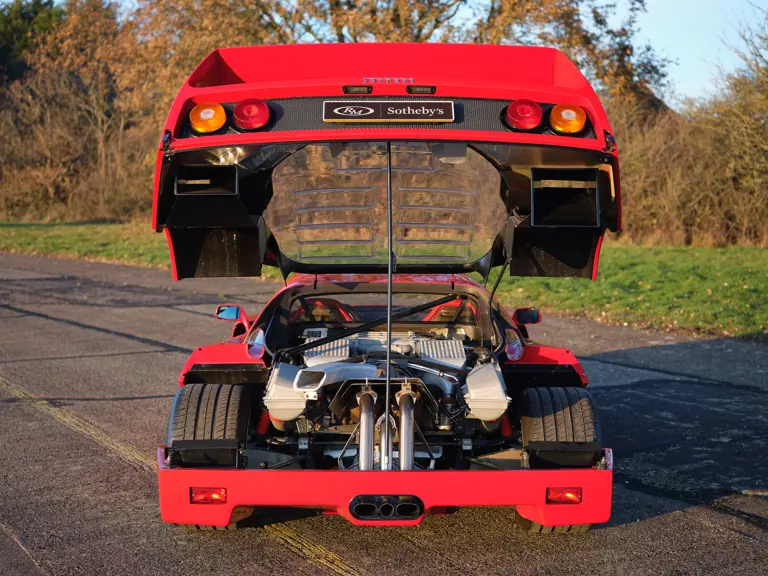
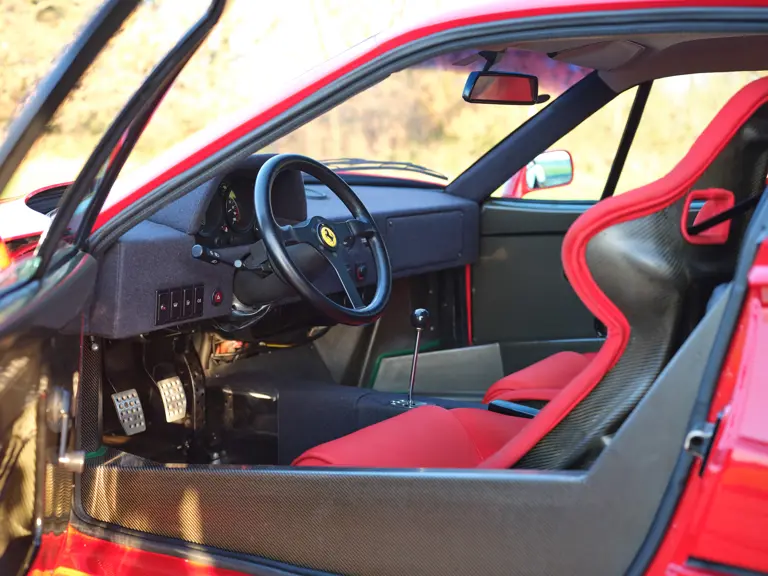
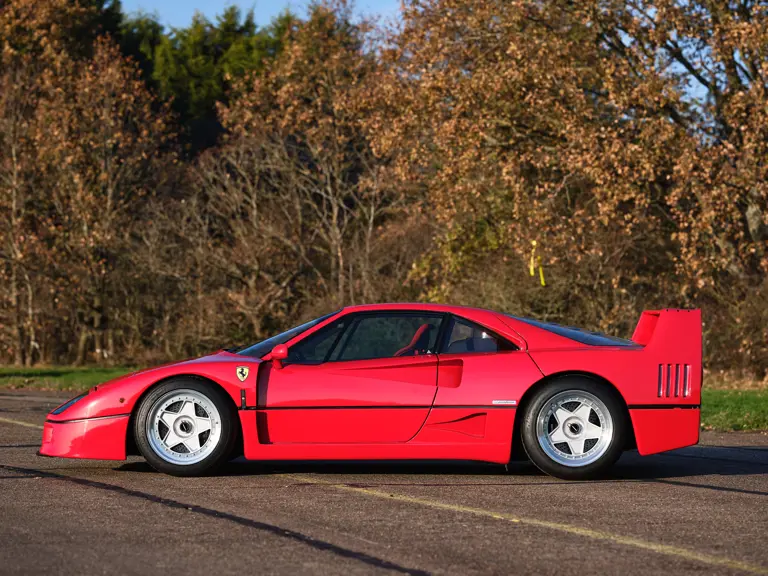


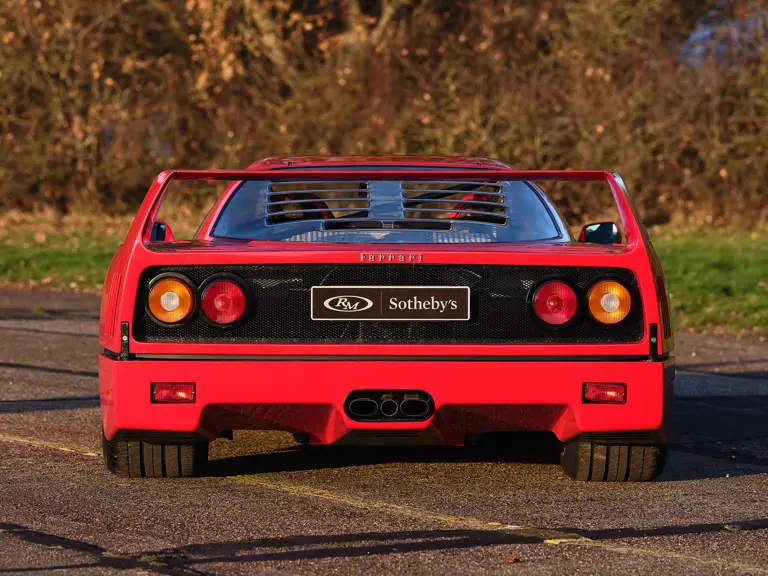


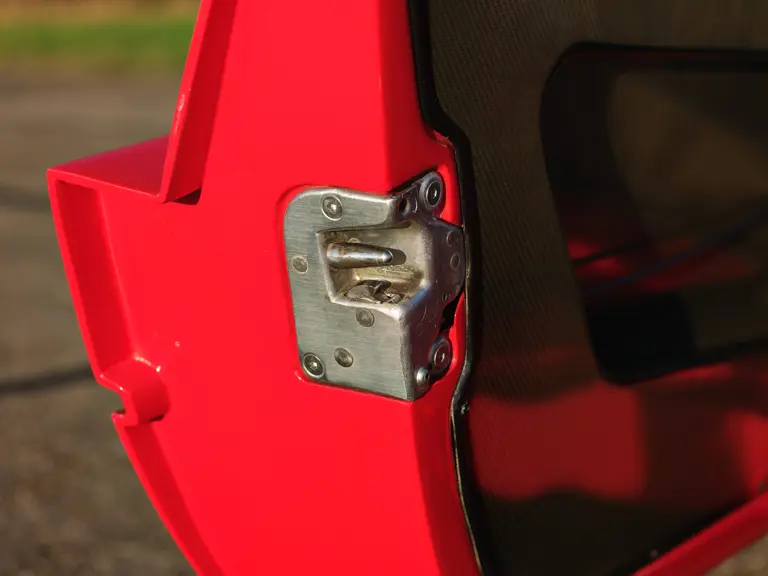

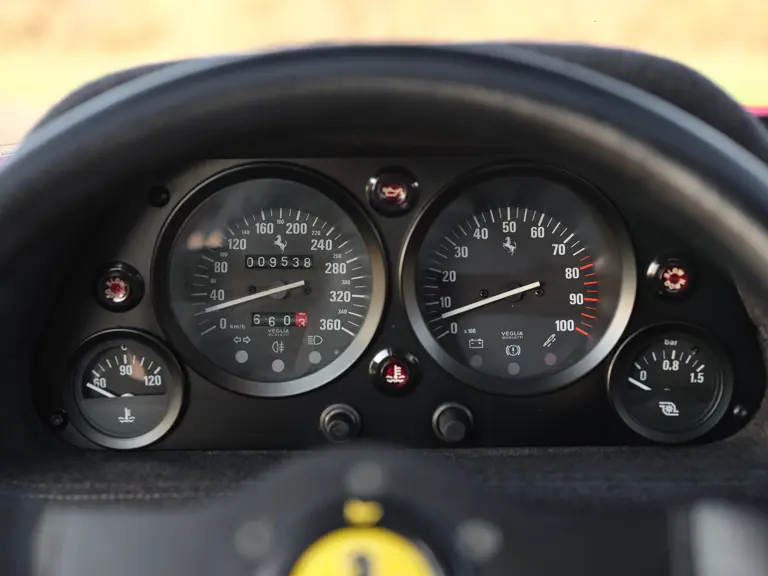


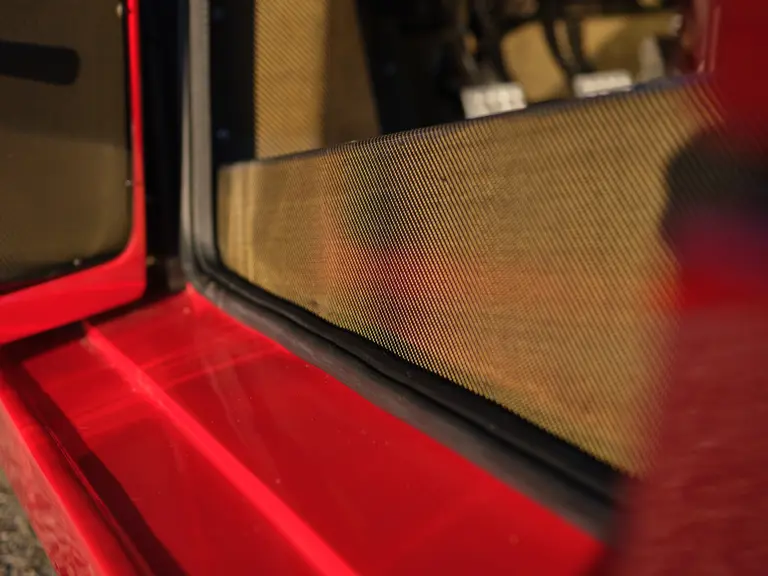

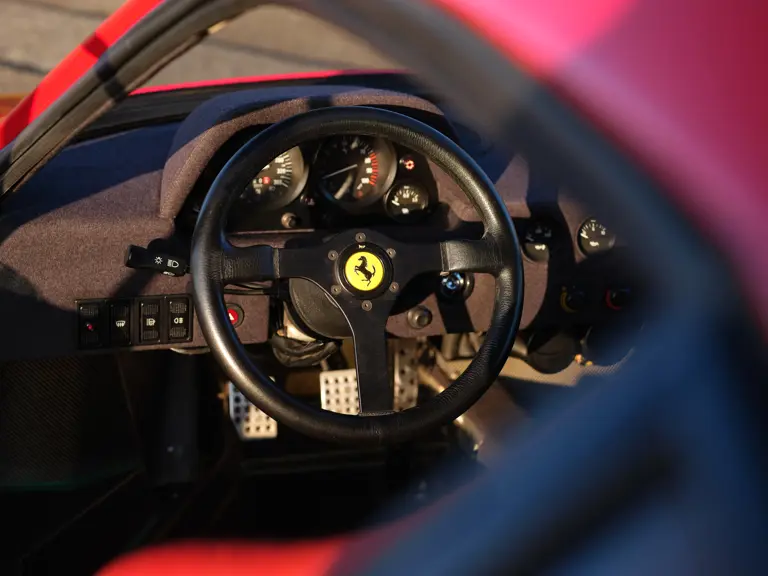
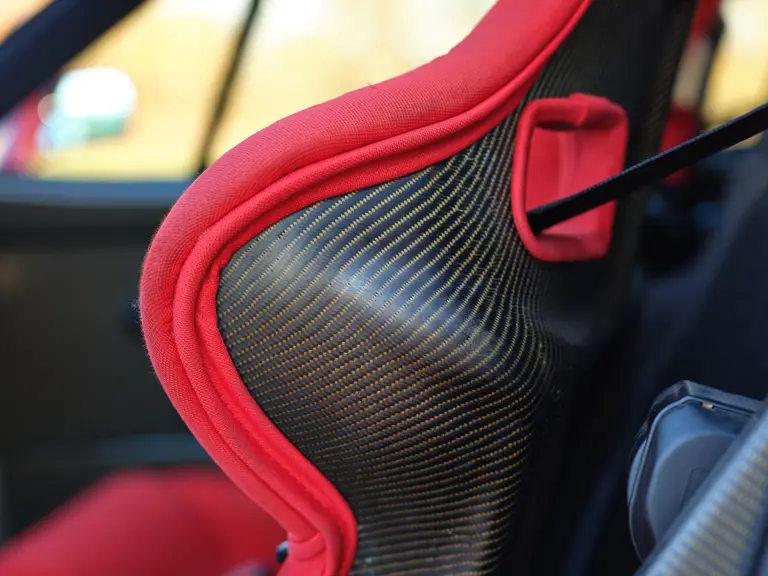
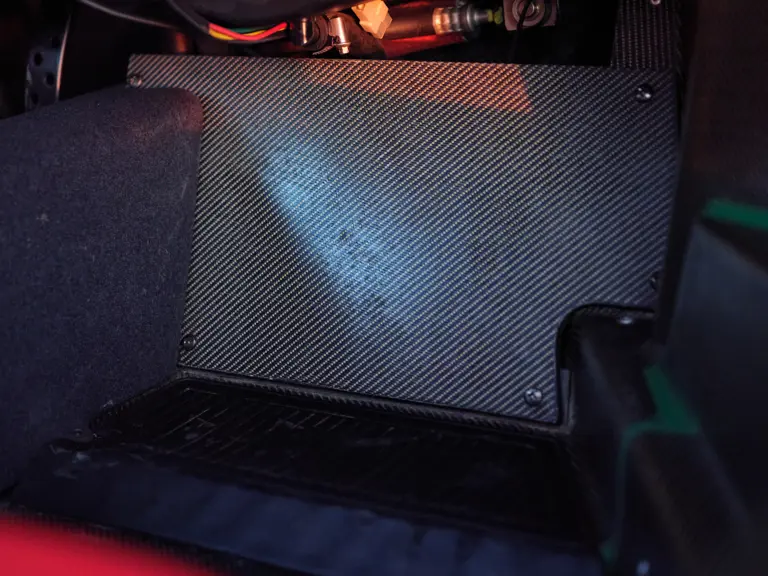
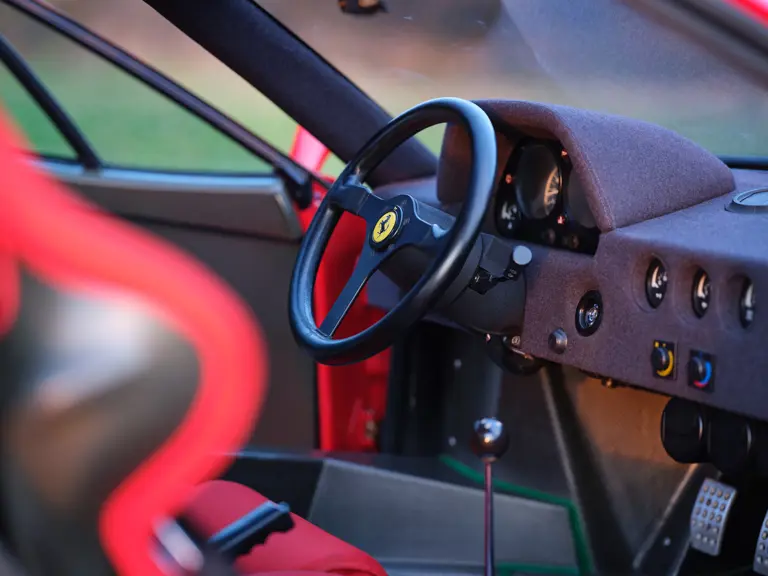
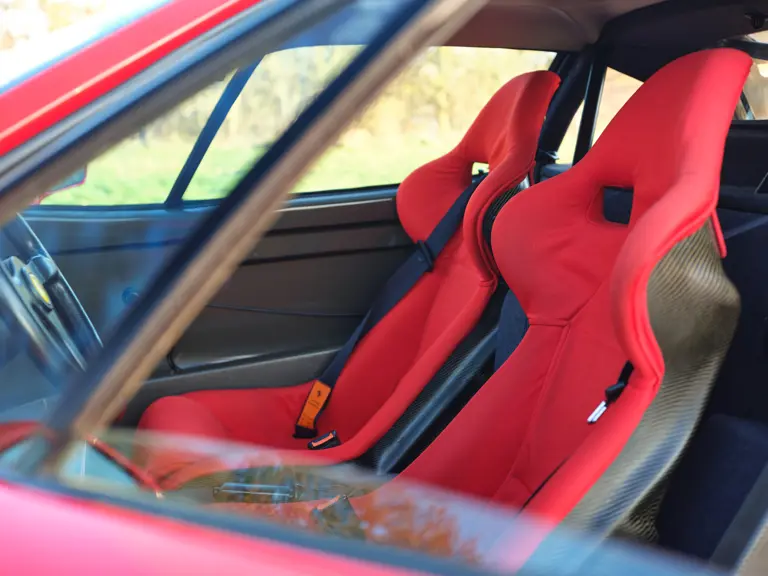




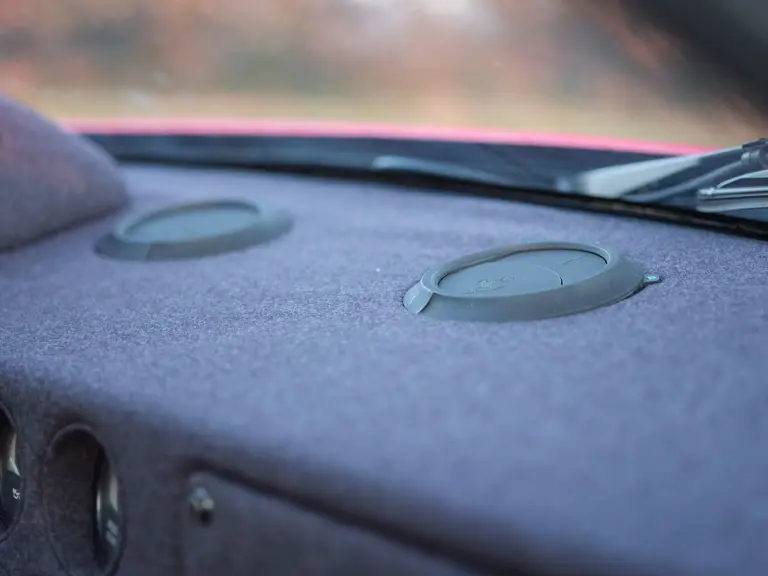
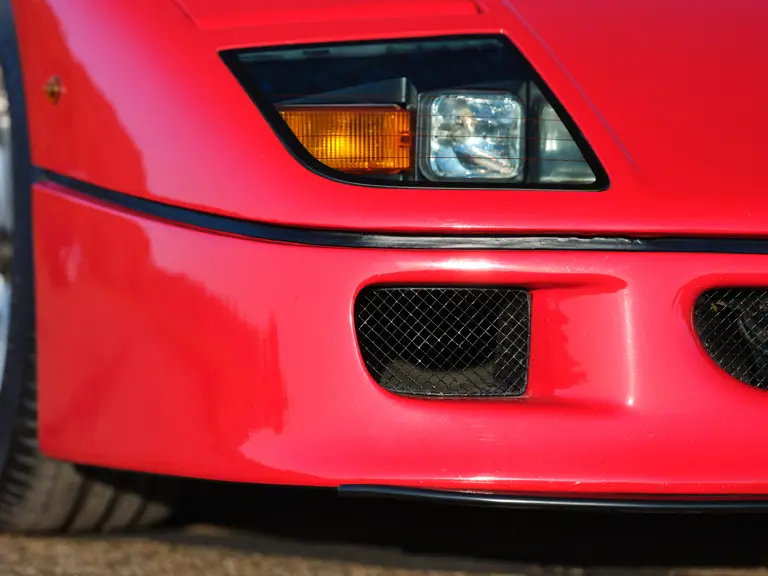
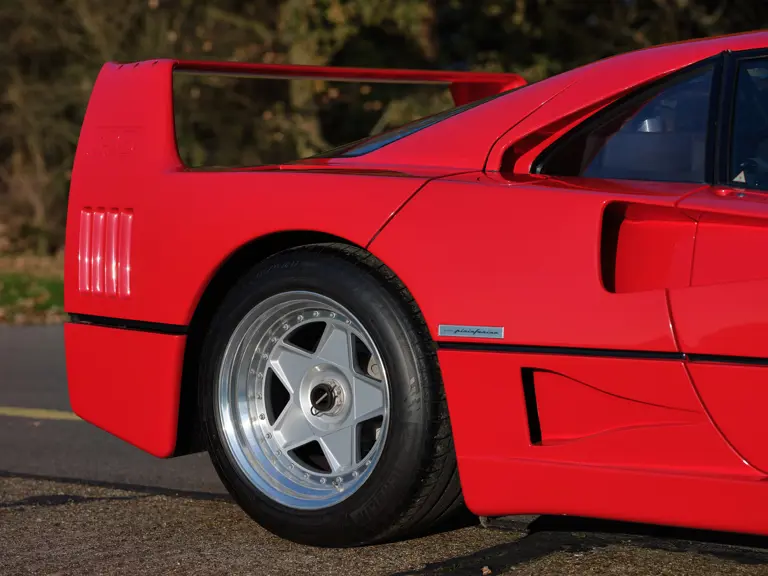
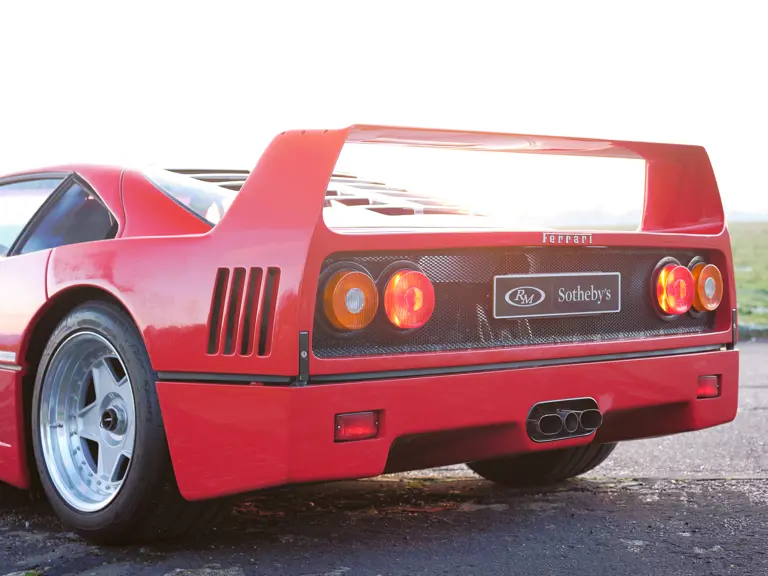
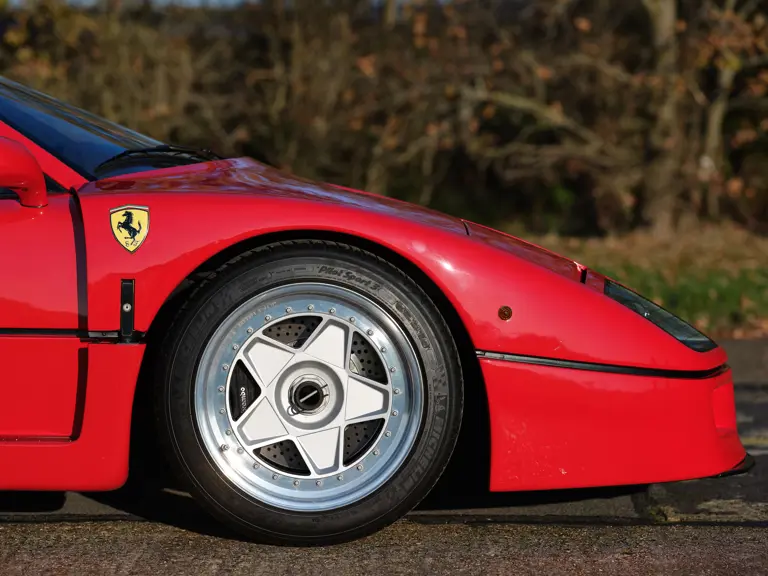
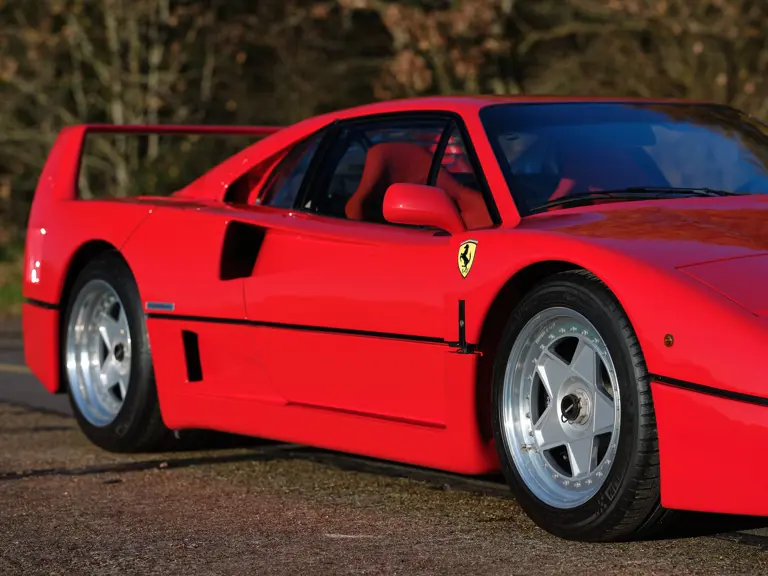

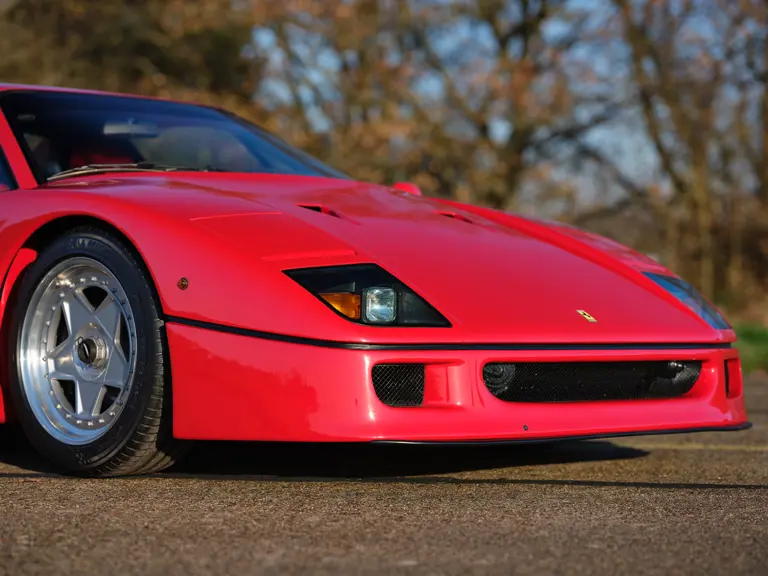
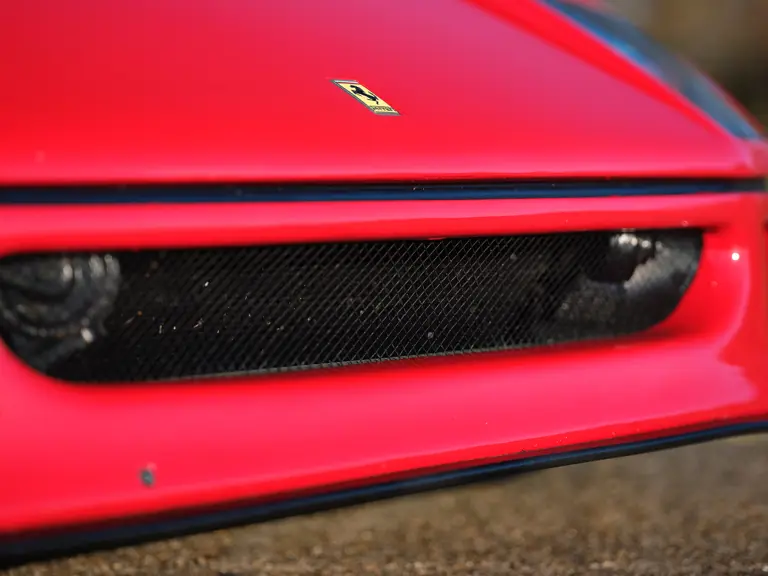
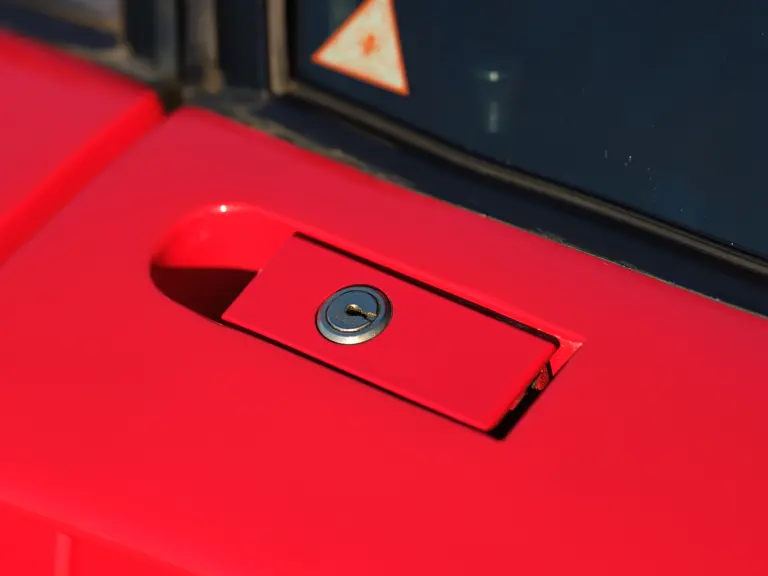


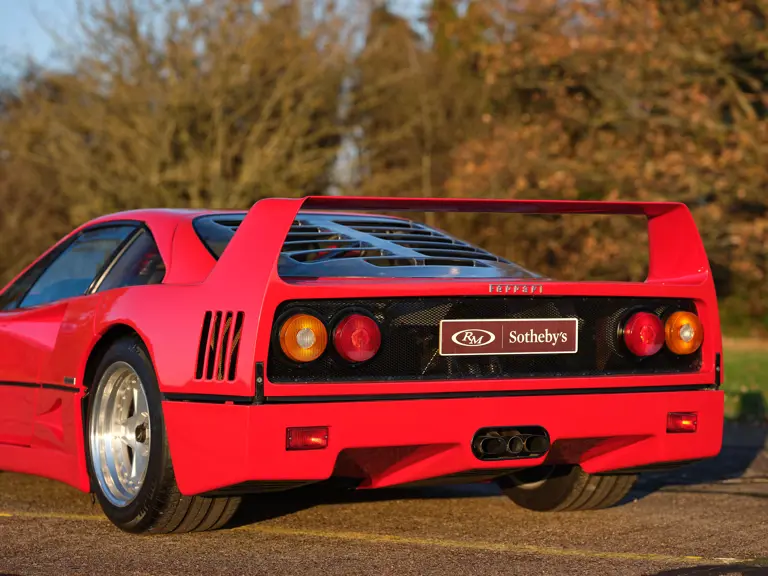


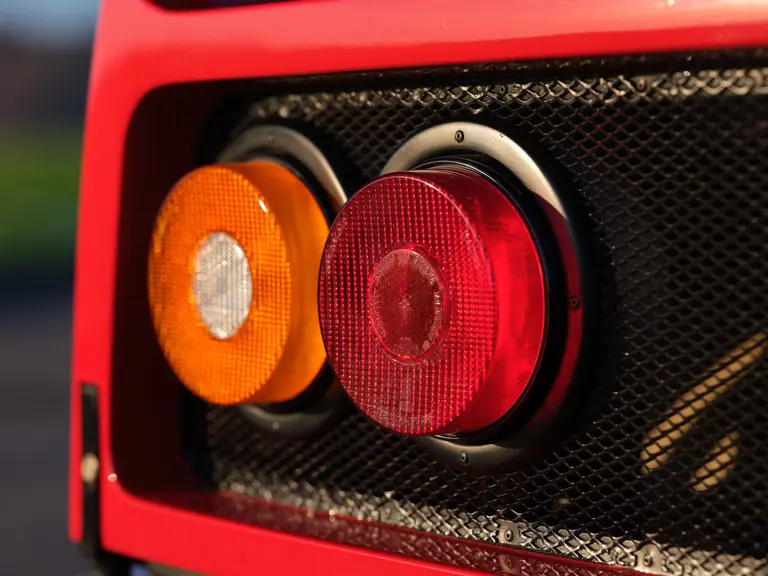


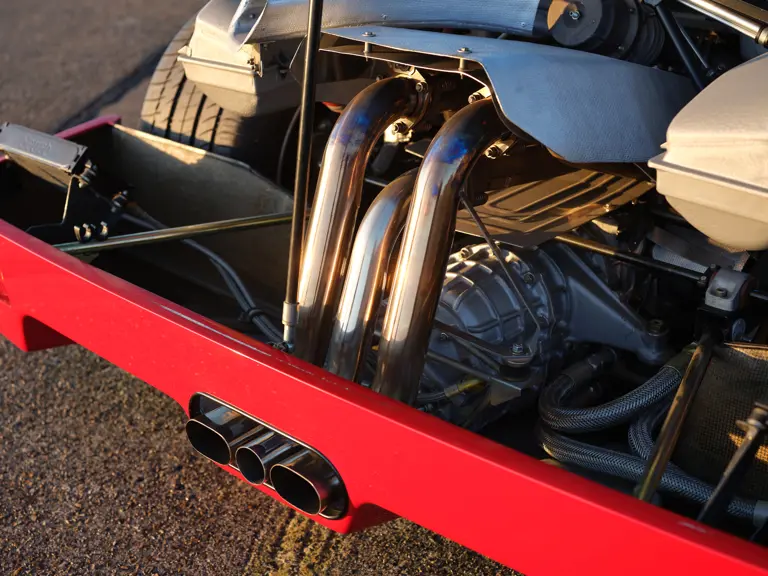


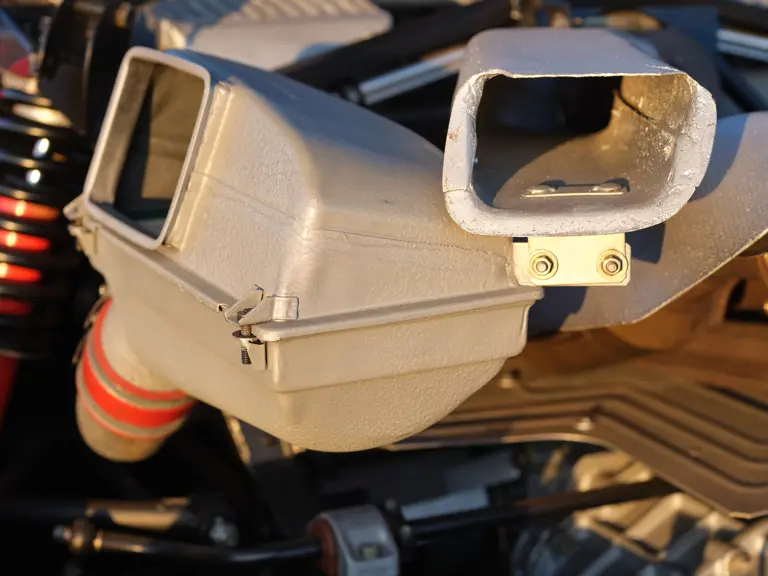
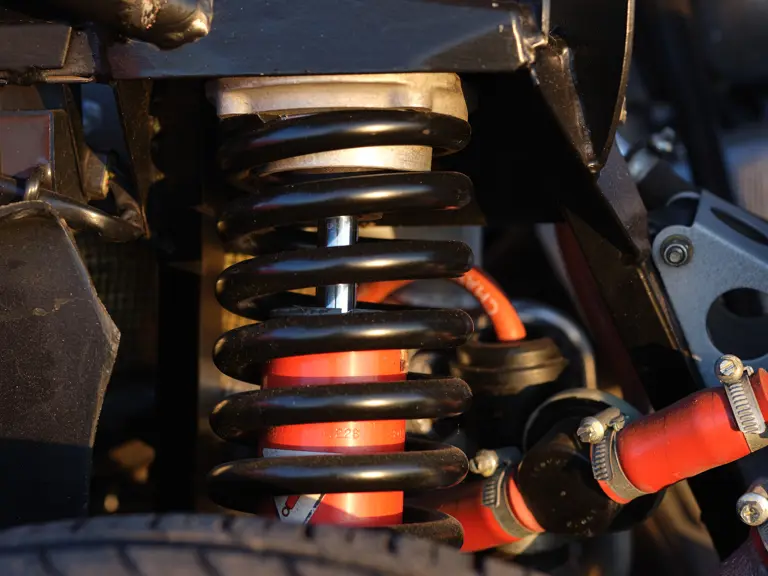
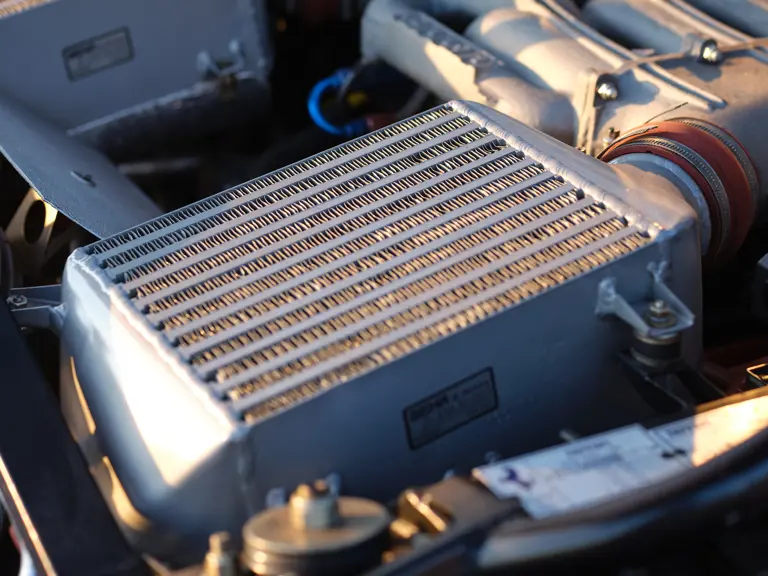
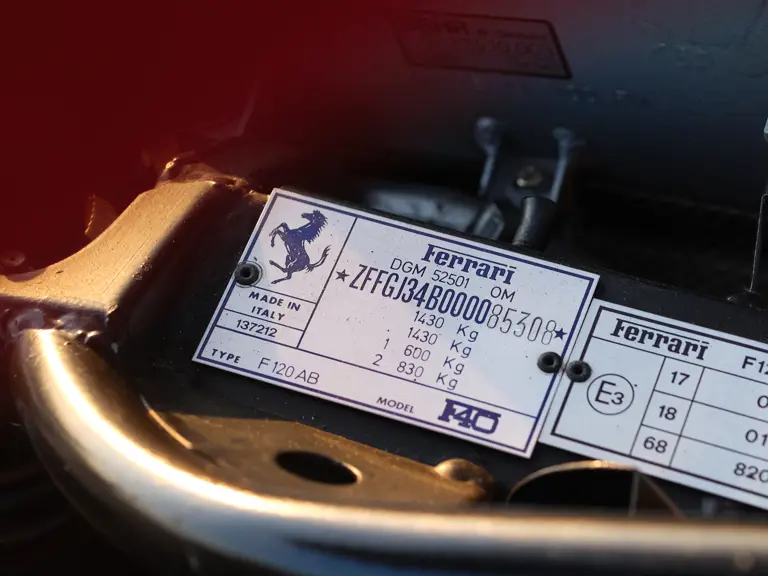
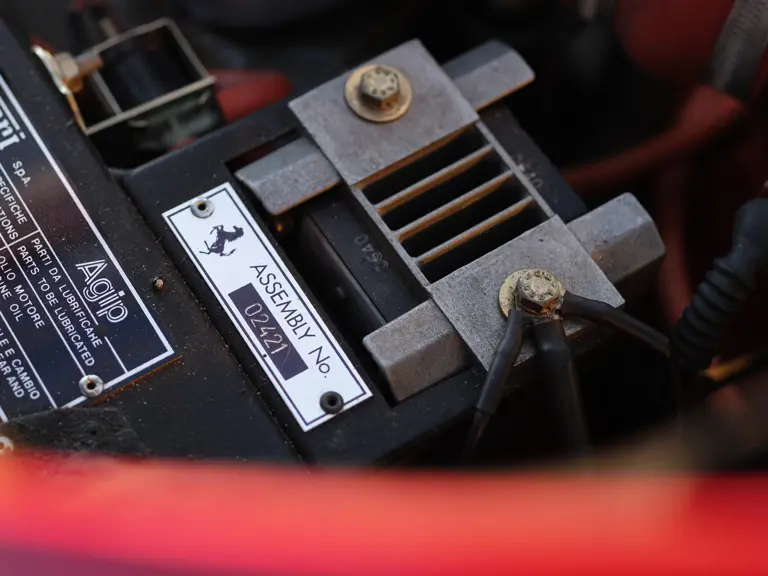




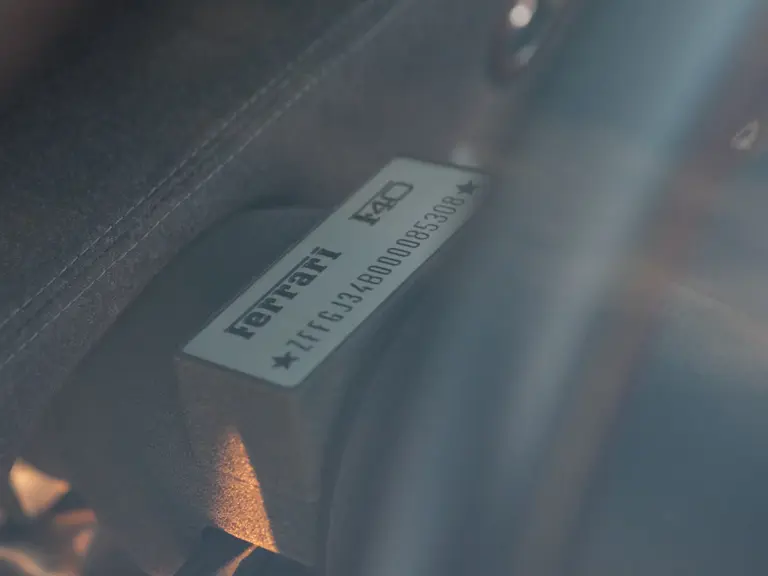
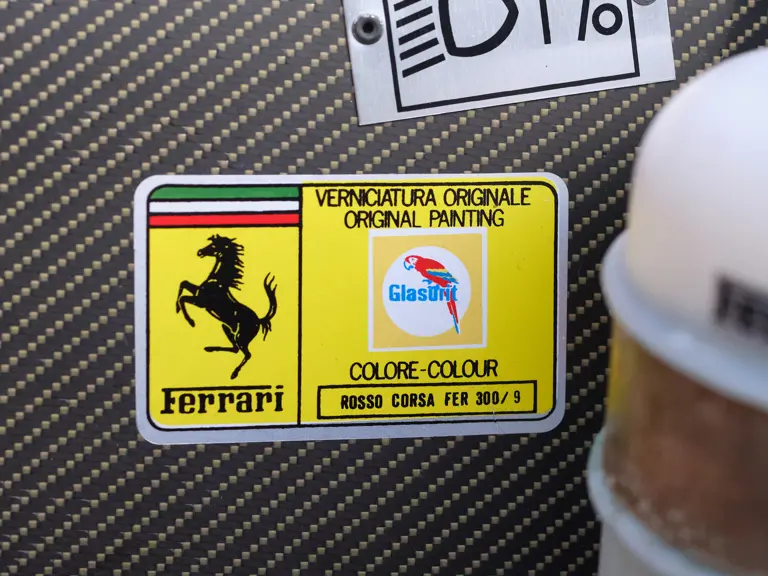
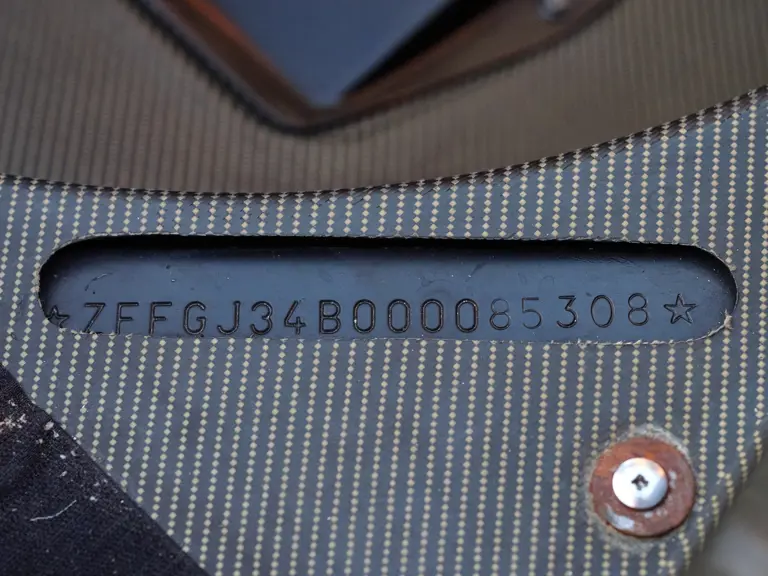
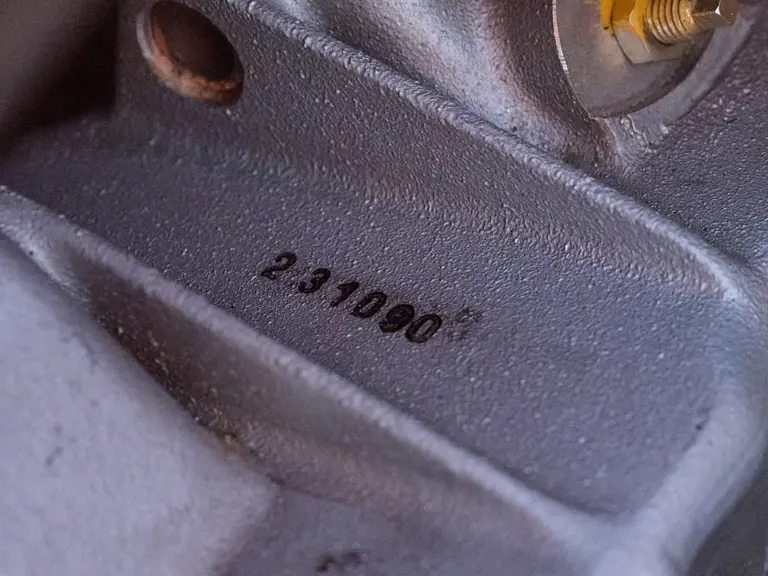

 | Paris, France
| Paris, France
